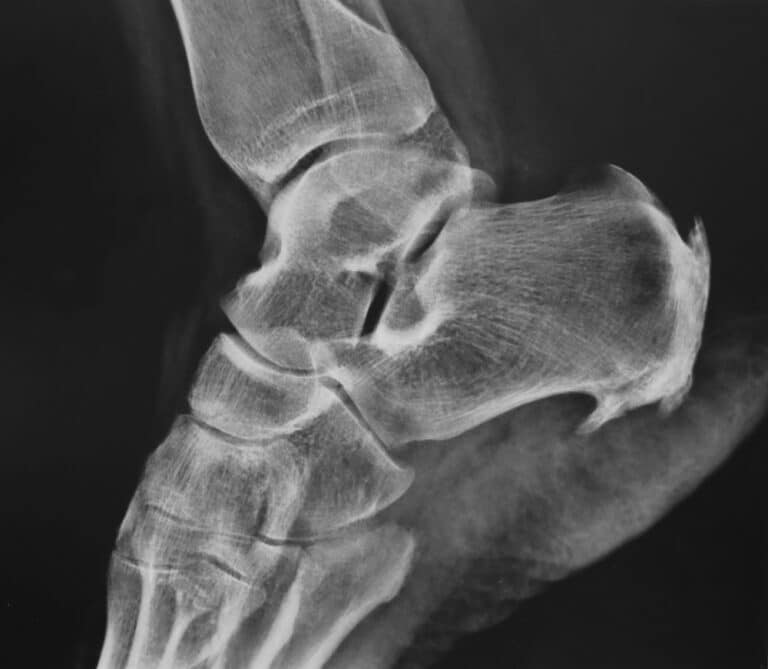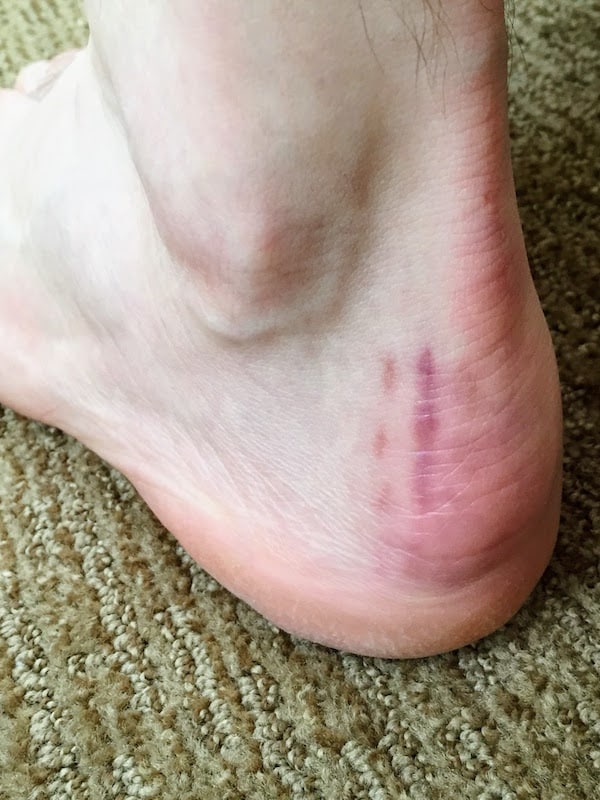Our feet are incredibly intricate structures designed to resist tremendous pressure and adapt to walking on various surfaces. But regular tasks like moving and walking can be difficult for people with foot deformities such as high arches or flat feet. So, let’s see how to fix flat feet with surgery.
Special Offer: $500 OFF on Flat Feet Surgery!
What Are the Pros and Cons of Flat Feet Surgery?
Since every patient is unique, consulting a professional is essential. That way, you’ll get the most accurate information about the pros and cons of this surgery.
Pros of surgery for flat feet:
- Providing a long-lasting and low-risk remedy for flat feet,
- No further care is required after completed healing,
- Improves mental and physical well-being by restoring mobility and giving you more time to pursue the things you enjoy.
Cons of surgery for flat feet:
- Long, uncomfortable healing period (from six to eight weeks), followed by physical therapy (like the one you have after bunion surgery), and prolonged cast wear after surgery,
- Risk of potential nerve damage and blood clots,
- An improper bone or incision healing could just increase your symptoms
Who Is a Good Candidate for the Procedure?
Even if you have flat feet, you don’t necessarily need surgical reconstruction. But, if you can relate to any of the following, you might be a suitable candidate for flat foot surgery:
- An X-ray has revealed that you have flat feet,
- You can withstand being put under general anesthesia and are in generally good condition,
- For many years, you have attempted nonsurgical treatments for your flat feet,
- You have ongoing orthopedic discomfort,
- You can no longer engage in some activities just because of the flat feet.
Is There Age Restriction?
There’s no age limit for this surgery, which means it can be performed at any age. But, many doctors prefer not to perform this surgery on children since their feet are still developing and have time to correct with non-invasive methods.
What Traits Should the Candidate Have?
Surgery should be considered if nonsurgical treatments are ineffective and you’re no longer able to participate in daily activities. Individuals who endure chronic agony and pain, are healthy and able to withstand anesthesia, and are receiving treatment from a podiatrist would benefit from surgery.

What Does the Procedure Involve?
Depending on your bone structure, ligaments, and body type, the technique to repair flat feet will vary. Various surgical procedures can be done to treat flat feet, including:
- Transferring a tendon from one bone to another can help correct deformities,
- Osteotomies are the cutting and slipping of bones into various positions,
- Fusions of joints are performed to stop discomfort and deformity,
Where Is the Surgery Performed?
Flat foot surgery is carried out at a hospital. This is most commonly an outpatient procedure, but some patients may need to remain in the hospital for at least one night before they start to feel better. A postoperative local anesthetic is given after the surgery to reduce pain, which is carried out under general anesthesia.
How Does the Procedure Go?
In general, you will be entirely unconscious during the surgery because it will be done under anesthetic. To start the procedure, the surgeon will make three tiny incisions in the foot and ankle. The tendon associated with flat feet will then be removed, and it will be replaced with a tendon obtained from another area of your foot.
How Long Does the Recovery Take
Your discomfort should be greatly lessened a week following surgery, and you can start taking short walks at home with the use of your crutches. You can also start doing some physiotherapy exercises to aid in your rehabilitation and improve your fitness, balance, flexibility, and strength about five to six weeks after your procedure.

Learn How to Fix Flat Feet With Surgery From Your Surgeon
A skilled podiatrist should be consulted as soon as possible if you are having foot or ankle pain. Luxe Foot Surgery Center is the best choice for you because we have experts who will give you all the needed information. So, contact us and schedule an appointment today!
FAQ
How Long Does It Take to Recover From Flat Foot Surgery?
Surgery to correct flat feet may require up to a year of recovery. A few weeks after the surgery, you’ll have to wear a cast and maintain the foot elevated. No weight should be put on the foot for at least six to eight weeks.
Can Flat Foot Surgery Fail?
The surgery can fail if an unprofessional performs it and cause potential complications such as infection, bleeding, blood vessels, or nerve damage. After all, there are risks when shortening the toe, and even bunion surgery can go wrong.




